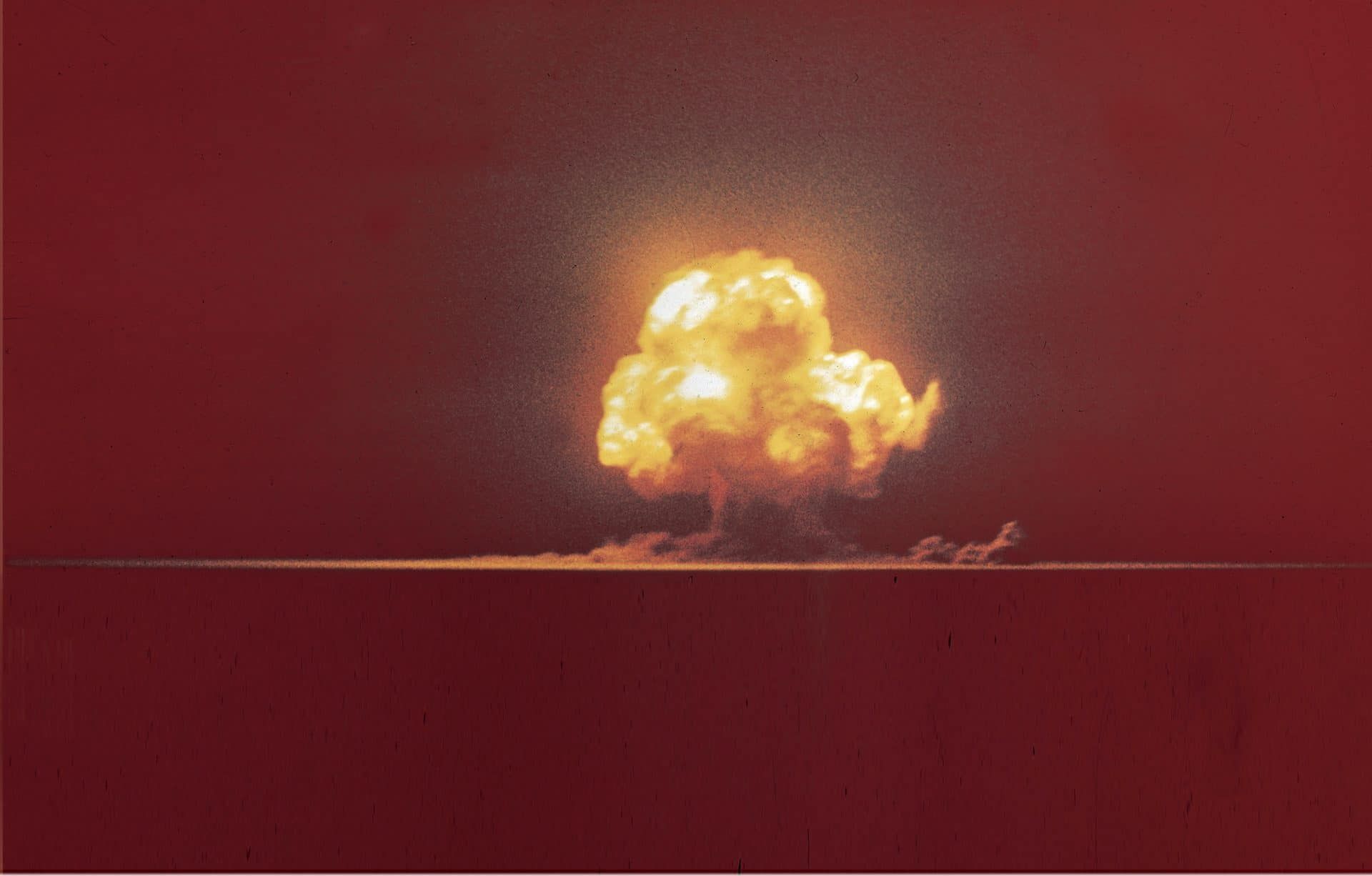The loss of the Earth’s protective ozone layer would result in several years of extremely high ultraviolet (UV) light at the surface, a hazard to human health and food production. Most recent estimates indicate that the ozone loss after a global nuclear war would lead to a tropical UV index above 35, starting three years after the war and lasting for four years. The US Environmental Protection Agency considers a UV index of 11 to pose an “extreme” danger; 15 minutes of exposure to a UV index of 12 causes unprotected human skin to experience sunburn. Globally, the average sunlight in the UV-B range would increase by 20 percent. High levels of UV-B radiation are known to cause sunburn, photoaging, skin cancer, and cataracts in humans. They also inhibit the photolysis reaction required for leaf expansion and plant growth.
Yes… that’s generally what Mutually Assured Destruction means. You’re either gonna be instantly vaporized, or it’ll take a little time but most things are fucked.
The only silver lining is the world will go on and recover, with or without us.
I gave up reading because of the videos showing. Am I the only person who can’t read anything while there’s an animation on the screen? Is my brain fucked up?
Have you ever been diagnosed for ADHD?
Nothing a lil bit of sunscreen cant handle I’m sure

Bardeen, Charles G., Douglas E. Kinnison, Owen B. Toon, Michael J. Mills, Francis Vitt, Lili Xia, Jonas Jägermeyr et al. “Extreme ozone loss following nuclear war results in enhanced surface ultraviolet radiation.” Journal of Geophysical Research: Atmospheres 126, no. 18 (2021): e2021JD035079. http://dx.doi.org/10.1029/2021JD035079



